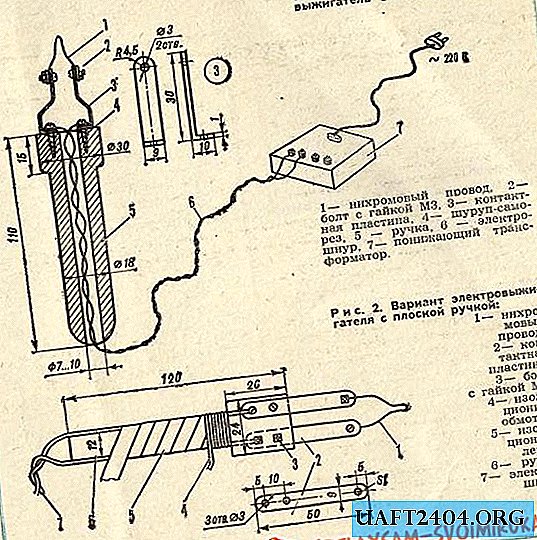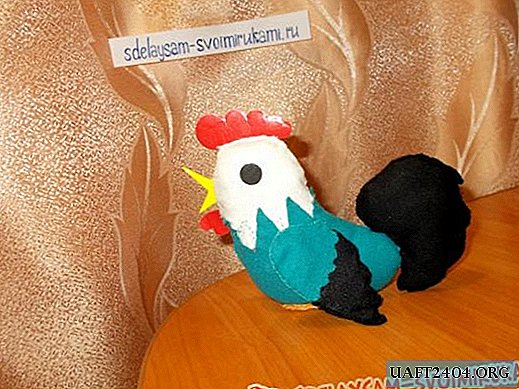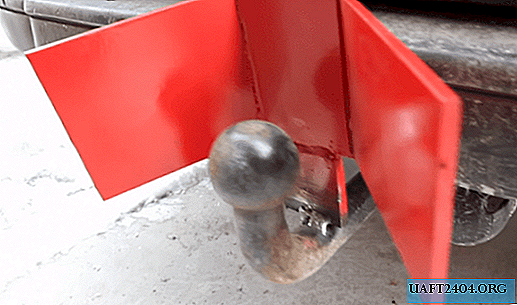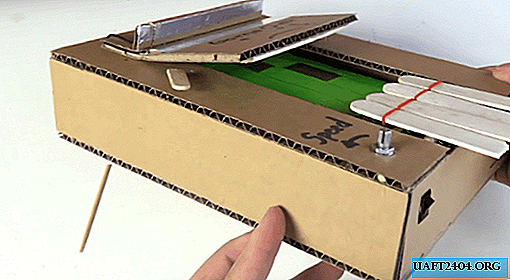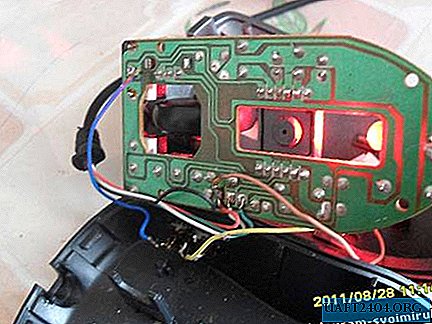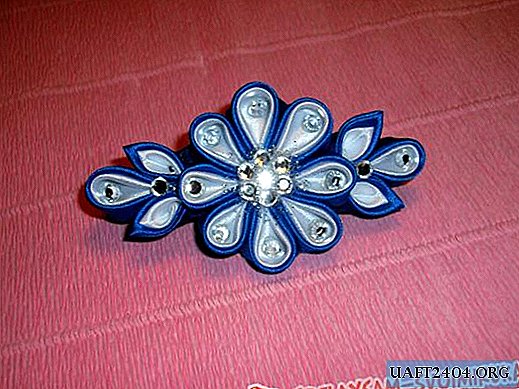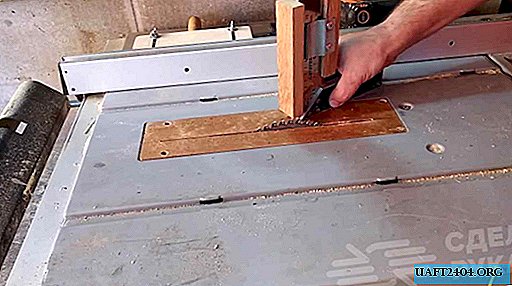Share
Pin
Tweet
Send
Share
Send
To implement the upcoming idea, you need to have some experience working with metal, completely simple, affordable and inexpensive materials, as well as quite standard equipment and tools. Of course, we must not forget about personal protective equipment: glasses, gloves, etc.
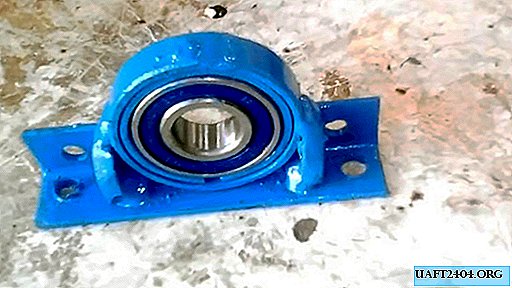
Will need
Do not forget that even a standard bearing is a precision product. Therefore, the accuracy of the measurement and the accuracy of the marking operations are so important that the bearing does not turn out to be too jammed or have clearance during installation in the housing. In the first case, it will quickly fail, in the second - it will not stay in place.
For successful work, we must have available:
- a pipe segment of the required diameter and wall thickness;
- square and vernier caliper;
- marker;
- pendulum saw;
- drilling machine;
- grinder;
- welding equipment;
- cylindrical steel mandrel;
- vise, anvil and hammer.
The procedure for manufacturing a bearing housing from a round pipe
Carefully mark the pipe corresponding to the bearing in terms of diameter and wall thickness into two rings equal in width to the existing bearing.

On the pendulum saw, we mark the rings according to the marking.

On one of them we draw two parallel lines perpendicular to the ends, at a distance obtained from a preliminary calculation.
On another ring, apply four points in the center of the ring evenly around the circumference.
We cut out the section of the ring between the two marking lines and we clean the cut places with the grinder.

On a drilling machine, we mark four through holes on the second ring.
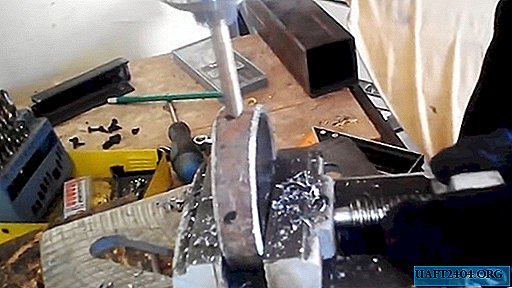
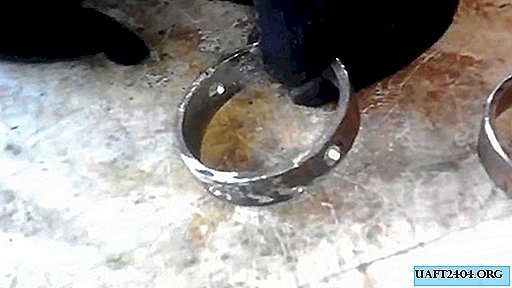
Squeeze the cut-out ring a little, hitting it gently with a hammer. We press with a hammer a split ring in one piece with four holes on the side.
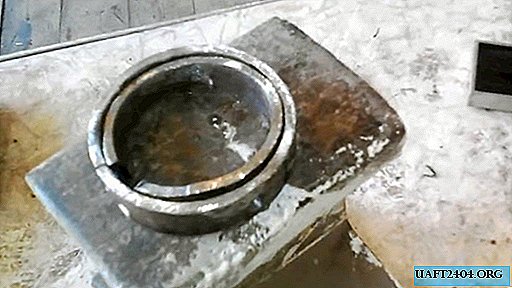
We put on our cylindrical mandrel from the inlet end our rings pressed into each other, hitting them with a hammer in a circle until they are on the forming portion of the mandrel and the split ring evenly joins the inner surface of the outer ring without gaps.
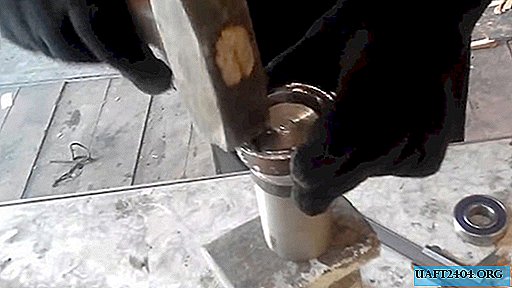
Using previously drilled holes in the outer ring, we weld it to the inner one.

With light strokes of the hammer on the end of the bearing, we install it in our home-made housing.
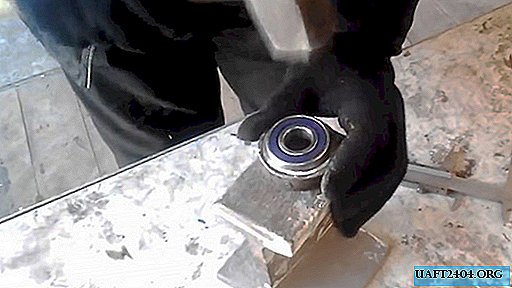
Now it remains only to fix the bearing in the housing in the socket or support.

Now the body can be welded anywhere and painted.

Share
Pin
Tweet
Send
Share
Send

